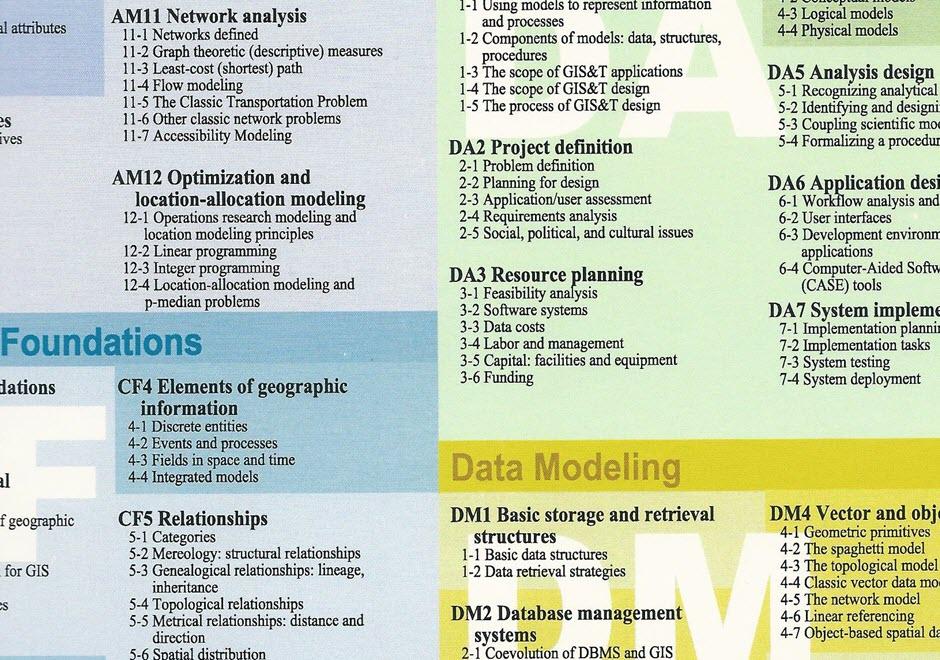OI1-3 - Academic origins

- Identify the key academic disciplines that contributed to the development of GIS&T
- Evaluate the role that the Quantitative Revolution in geography played in the development of GIS
- Describe the major research foci in GIS and related fields in the 1970s, 1980s, 1990s, and 2000s
- Evaluate the importance of the NCGIA and UCGIS in coalescing GIScience as a sub-field of GIS&T
- Discuss the contributions of early academic centers of GIS&T research and development (e.g., Harvard Laboratory for Computer Graphics, UK Experimental Cartography Unit)


AM1-1 - Academic foundations